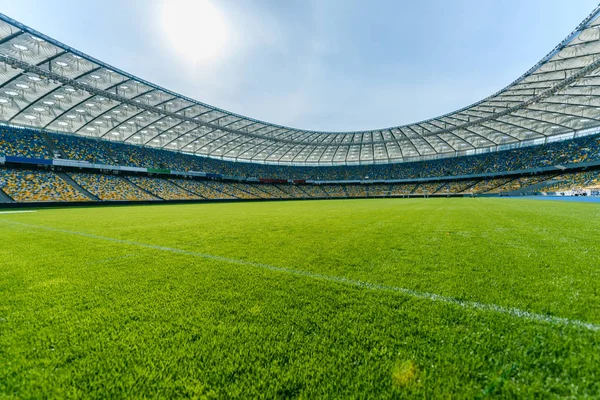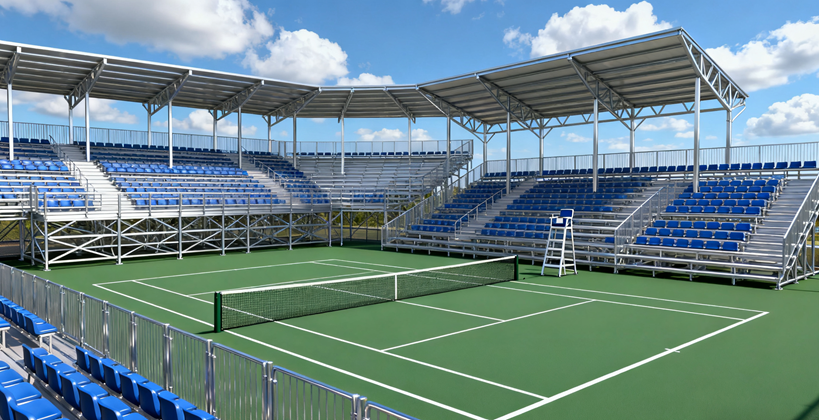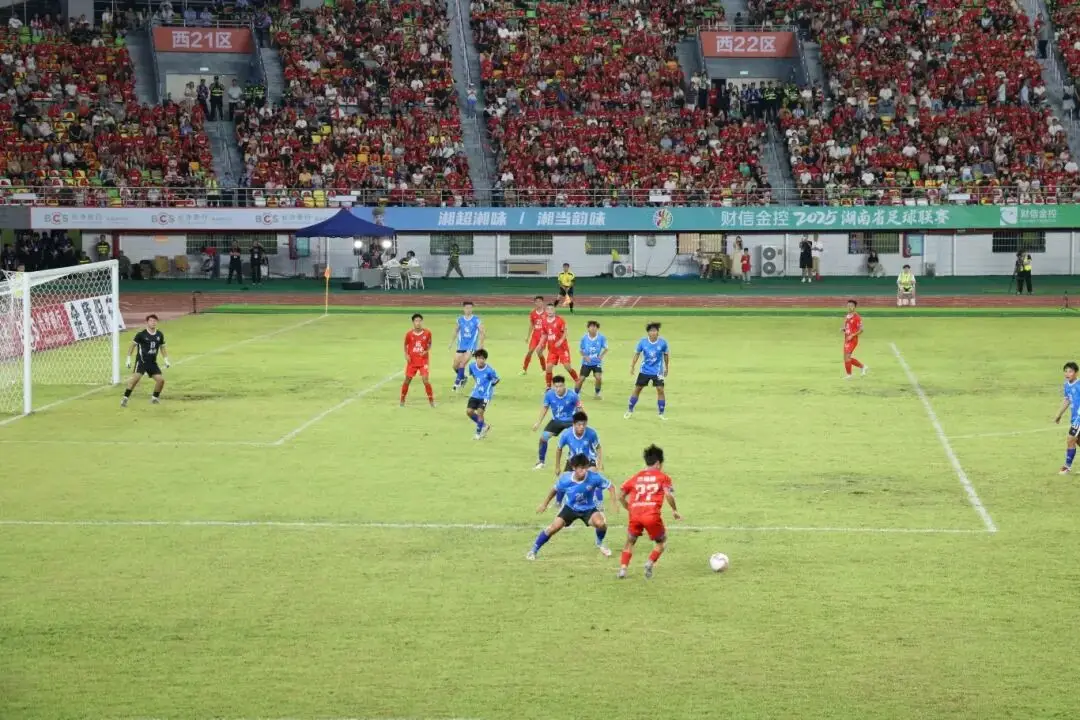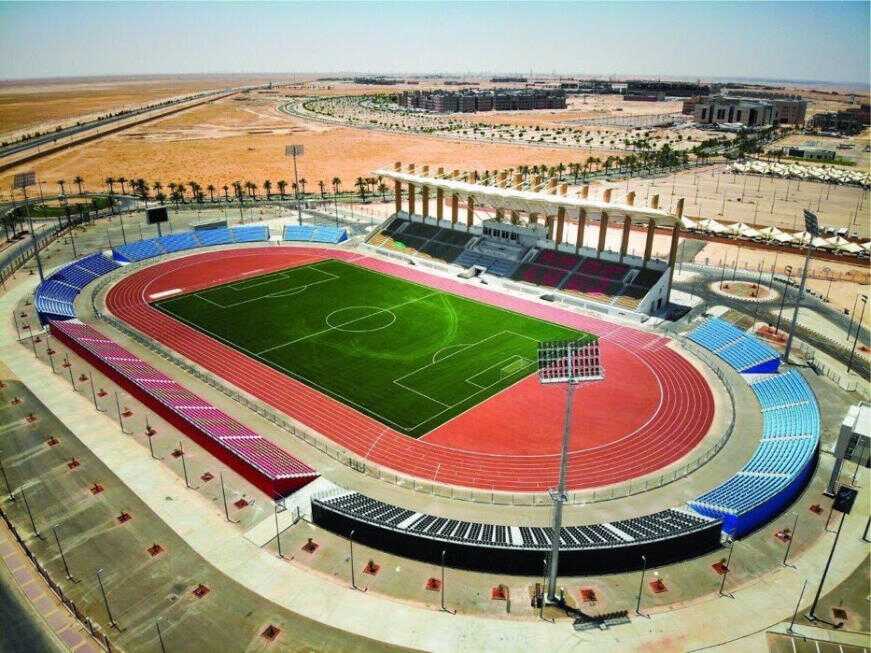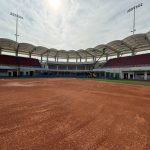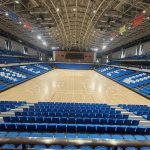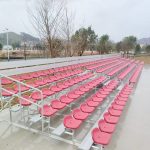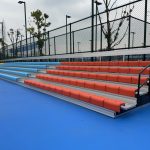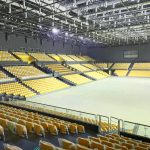Rain, Cheers, and Renewed Stadiums: Inside Hunan’s Thriving Football League
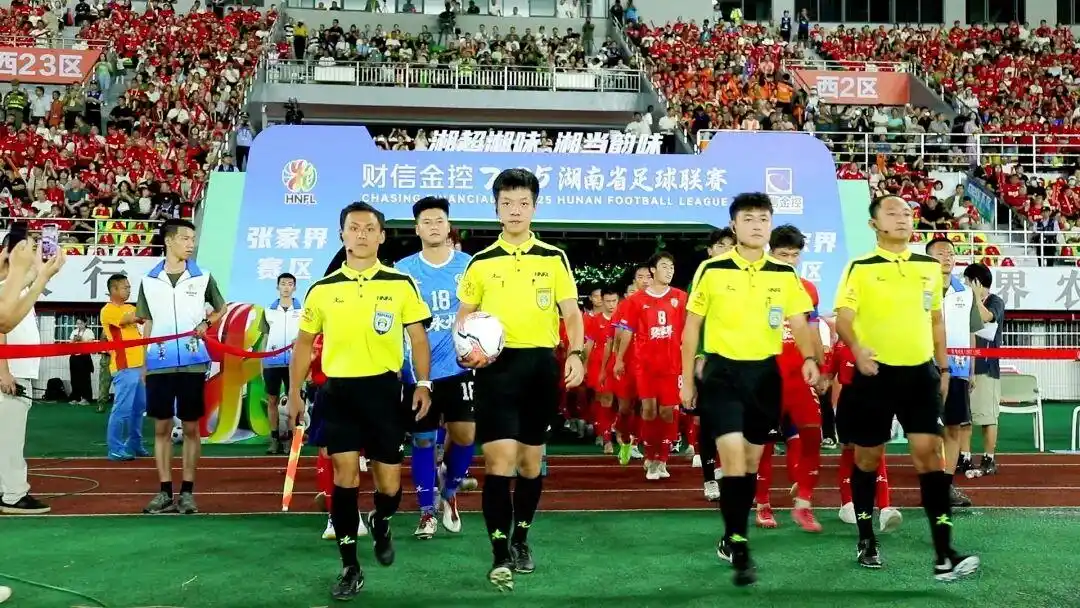
As drizzle fell over Chenzhou Sports Center on September 20th, over 25,000 fans packed the stands to watch Changsha’s team battle Chenzhou to a 0-0 draw in the 2025 Hunan Football League (HNFL) — locally known as “Xiangchao” — a testament to the amateur league’s skyrocketing popularity and the province’s investment in sports infrastructure.
This season, Xiangchao has emerged as more than just a football competition; it’s a catalyst for stadium modernization across Hunan. From Changsha to Yiyang, cities are upgrading facilities to accommodate surging demand, with seating solutions playing a starring role in enhancing spectator experiences.
Stadium Renaissance: Comfort Meets Capacity
Yiyang Olympic Park, a 20-year-old venue, now boasts 28,000 refurbished seats alongside new LED lighting and a prefabricated running track, blending event needs with daily public use. “These upgrades ensure our stadium serves both weekend matches and morning joggers,” explains a local sports official. Similarly, Chenzhou Sports Center — hosting its first major renovation in 12 years — features upgraded seating systems to handle crowds exceeding 25,000, while Zhuzhou Sports Center’s fresh paint and improved spectator areas reflect the league’s focus on fan comfort.
In Changsha, the iconic Helong Stadium replaced its turf with national team-grade grass and installed smart sprinklers, while prioritizing durable, weather-resistant seating for its 42,000 capacity. These improvements align with Xiangchao’s mission to professionalize amateur football while keeping venues accessible to the public year-round.
More Than Goals: A Cultural Phenomenon
Beyond the pitch, Xiangchao’s impact resonates through community spirit and economic activity. The opening match between Changsha and Loudi drew 40,877 spectators — a record for Hunan’s amateur sports — generating 440 million yuan in local consumption from tourism, dining, and merchandise. Fans have further distinguished themselves by voluntarily cleaning stands post-match, turning stadiums into models of sportsmanship.
Teams from 14 cities bring regional flair to the league: Chenzhou’s mascot — a local Linwu duck — entertains crowds, while Shaoyang fans gift opponents hometown specialties, fostering “inter-city friendship through football,” according to organizers. Even expat Hunanese in the Pearl River Delta have formed a “Greater Bay Area Hunan United” team to join the second stage, highlighting the league’s expanding appeal.
On the Horizon: Growth and Ambition
With matches averaging 15,000+ attendees and plans to expand fixtures into November, Xiangchao’s success hinges on sustainable infrastructure. “Durable, safe seating isn’t just about comfort — it’s about building trust with fans,” notes an industry expert. As Hunan’s football renaissance continues, the league’s legacy will extend beyond trophies to revitalized public spaces where communities gather, cheer, and connect.



